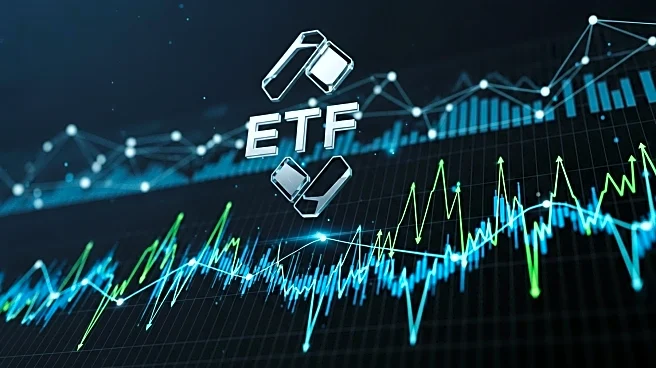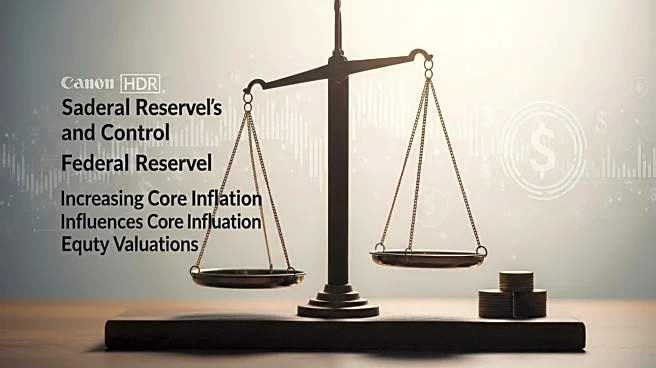What's Happening?
The 30-Year Treasury Bond has become increasingly significant in 2025 as a strategic hedge against macroeconomic volatility. The yield on these bonds has risen to 4.92%, driven by a combination of tariff-induced inflationary pressures and fiscal expansion policies, including a tax-and-spending bill projected to add $3.3 trillion to the national debt over the next decade. This has led to a 'bear steepener' in the yield curve, where long-term rates outpace short-term ones. Seasonal bond market dynamics, such as hurricane seasonality affecting catastrophe bonds, have further complicated the market, creating opportunities for tactical positioning in long-duration Treasurys.
Why It's Important?
The rise in 30-Year Treasury yields reflects broader economic uncertainties, including stagflationary risks and fiscal deficits. These bonds are now priced to absorb prolonged macroeconomic stress, offering a unique combination of income generation and capital preservation. The steepening yield curve suggests that these bonds may outperform as short-term rates decline, especially with anticipated Federal Reserve rate cuts. Foreign demand for U.S. Treasurys remains strong, indicating their continued appeal as a diversification tool amid global trade uncertainties.
What's Next?
Investors are likely to continue using 30-Year Treasurys as a hedge against economic volatility, particularly as the Federal Reserve is expected to cut rates by the end of 2025. This could further steepen the yield curve, enhancing the attractiveness of long-duration bonds. The ongoing fiscal expansion and tariff policies will continue to influence bond market dynamics, potentially leading to more strategic positioning by investors seeking to balance risk and return.
Beyond the Headlines
The shift in the role of 30-Year Treasurys from a traditional safe haven to a strategic hedge highlights broader changes in investor sentiment and market dynamics. This reflects a growing need for assets that can withstand inflationary shocks and fiscal uncertainties, underscoring the importance of adaptive investment strategies in a fragmented macroeconomic environment.












